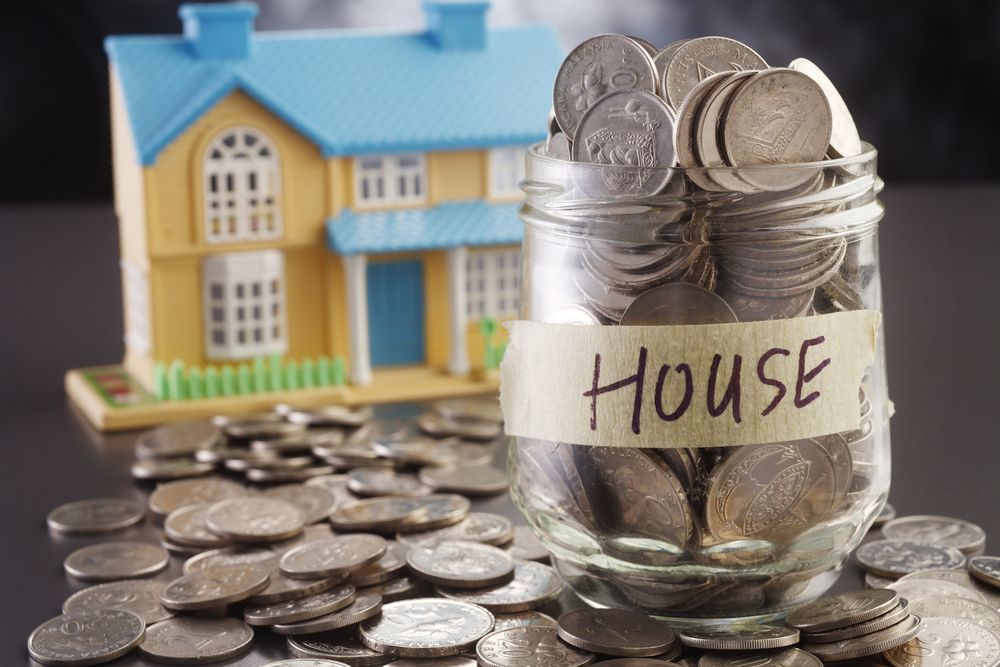
Renovating your home can be an exciting journey. Whether it’s updating an outdated kitchen, adding an extra bedroom, or creating your dream outdoor space, home improvements can rejuvenate your living environment and also boost the value of your property. However, renovations often come with a significant price tag. Planning your finances is just as important as choosing the right color for your walls or the perfect tiles for your bathroom. In this article, we will explore various loan options that can help you finance your home improvement projects without breaking the bank.
Understanding Home Equity Loans
Home equity loans are a popular choice for financing renovations. They allow homeowners to borrow against the equity built up in their property. Equity is the portion of your home that you own outright, which is the difference between the property’s value and the remaining mortgage balance.
A home equity loan provides a lump-sum payment that you can use toward your renovation. This type of loan comes with a fixed interest rate, which means your monthly payments will remain the same over the life of the loan. It’s a great option if you have a clear budget for your project and need all the funds upfront.
However, it’s crucial to understand that a home equity loan uses your home as collateral. If you fail to make the payments, you could risk losing your property. Therefore, it’s essential to consider your financial stability and the added debt before opting for this financing route.
Exploring Home Equity Lines of Credit (HELOCs)
Another way to tap into your home’s equity is through a Home Equity Line of Credit, commonly known as a HELOC. Unlike a home equity loan that provides a one-time lump sum, a HELOC works like a credit card, giving you a line of credit that you can draw from as needed during the “draw period.”
HELOCs usually have variable interest rates, which means the interest you pay can fluctuate over time based on market conditions. They are ideal for ongoing or phased renovation projects where you may not know the total cost upfront.
During the draw period, you may only need to pay the interest on the amount you borrow. Once the draw period ends, you’ll enter the repayment period, where you need to start paying back the principal plus interest. It’s vital to plan for these changes in payment amounts to ensure you can manage the financial commitment.
Personal Loans for Home Improvement
Personal loans can be an excellent option for financing home renovations, especially if you don’t have enough equity in your home or prefer not to use your home as collateral. Most personal loans are unsecured, meaning they don’t require any collateral, and they typically have fixed interest rates.
The application process for personal loans is generally straightforward, and funding can be quite fast if you have a good credit score. The fixed rates help with budgeting, as you’ll have predictable monthly payments throughout the loan term.
One downside to personal loans is that they might come with higher interest rates compared to home equity options. Plus, the loan amounts may be lower, which could be a limitation if your renovation project is extensive. It’s important to shop around and compare offers from multiple lenders to ensure you get the best deal.
Government Loans for Home Improvement
If you’re looking for more specialized loan options, the government offers certain programs that can assist with financing home renovations. For example, the U.S. Department of Housing and Urban Development (HUD) has the FHA 203(k) program, which allows homebuyers to finance both the purchase of a house and the cost of its rehabilitation through a single mortgage. There are also Title I Property Improvement Loans, which are HUD-insured loans specifically designed for home improvement projects.
These government loans often have favorable terms and interest rates, but they come with their set of requirements and limitations. For instance, the FHA 203(k) loans require the property to meet certain energy efficiency and structural standards. It’s worth researching these programs thoroughly to see if you qualify and if they align with your renovation goals.
Credit Cards and Other Financing Options
For smaller home improvement projects, you might consider using credit cards, especially those with introductory 0% APR offers. This can be a smart move if you have a plan to pay off the balance before the introductory period ends and the standard interest rate kicks in.
There are also store financing options available through home improvement retailers, which sometimes offer promotional deals or discounts on materials and services if you use their store credit card. However, these offers can also come with high-interest rates after the promotional period, so it is important to read the fine print and understand the terms thoroughly.
Other financing options include borrowing from your 401(k), though this should be approached with caution as it could affect your retirement savings. Peer-to-peer lending platforms are another alternative, allowing you to borrow money directly from investors rather than traditional financial institutions.
Financing your home renovation requires careful consideration of the available loan options. Each has its advantages and potential drawbacks, and the right choice depends on your personal financial situation, the amount of equity in your home, your credit score, and the size and scope of your project. Always do your research, compare rates and terms from multiple lenders, and consider consulting a financial advisor to ensure you make the most informed decision. With proper planning and financing, your dream home renovation can become a reality without compromising your financial health.
